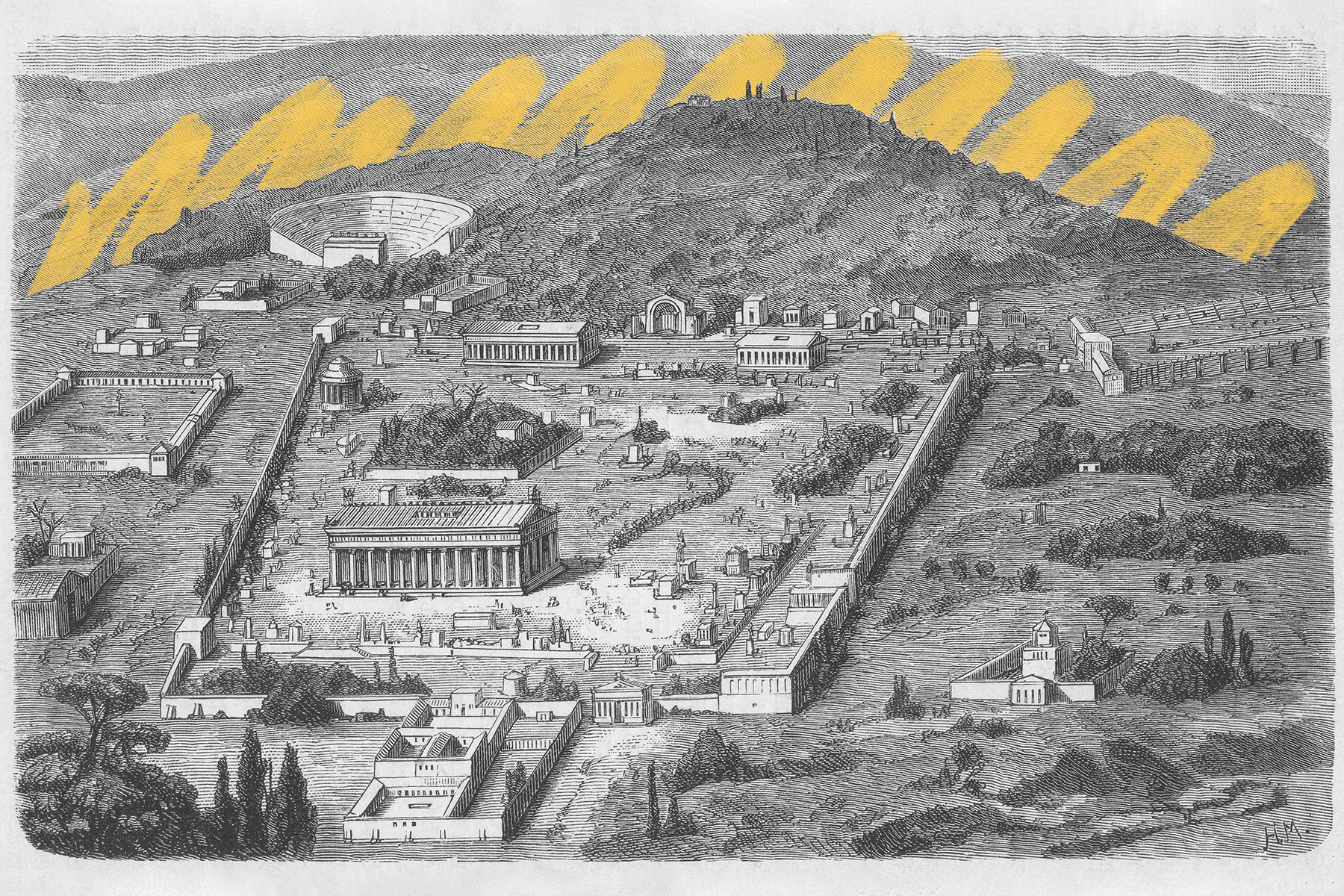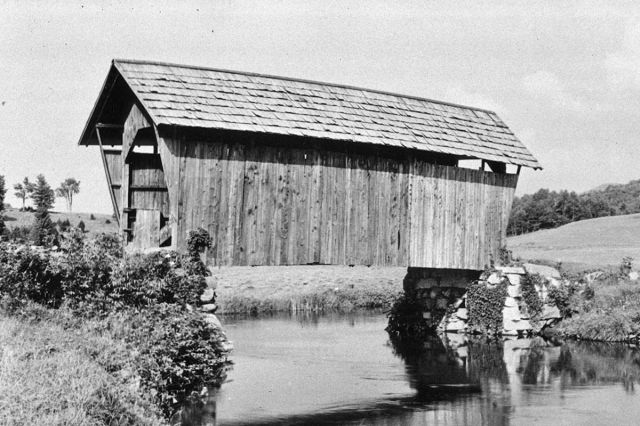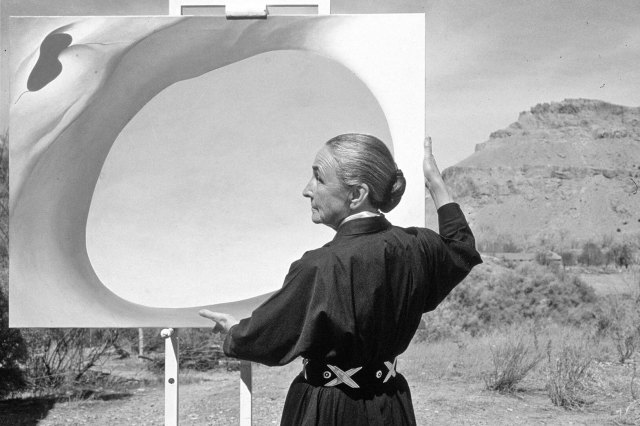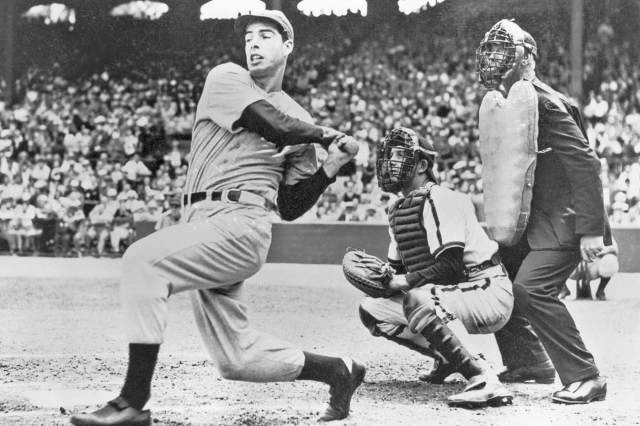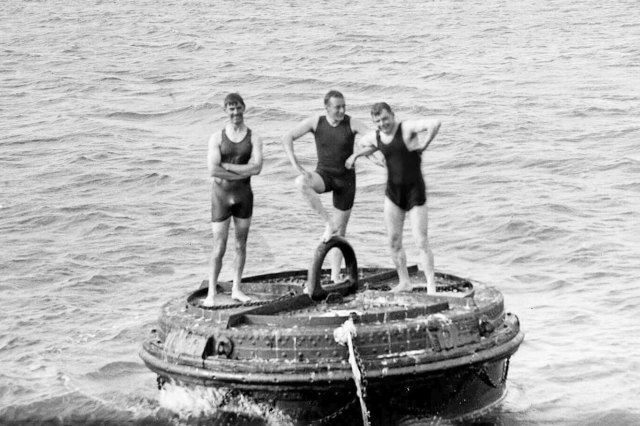Ancient Olympic athletes competed naked.
Many aspects of the ancient Olympics are similar to what we see in our modern competition, but there’s at least one notable difference: Today, all Olympians wear clothes. For ancient Greek athletes, nudity functioned as something of a national uniform, an intentional contrast to their Persian rivals, who traditionally found it against decorum to appear naked. Competing in the nude (often while covered in olive oil) was also seen as a way to show off status. According to historian Donald Kyle, “In Archaic Greece, disrobing fully to become naked for sport became an assertive communication of maleness, ethnicity, status, freedom, privilege, and physical virtue.” Some athletes also considered performing naked a tribute to Zeus. In fact, the words “gymnasium” and “gymnastics” both come from the Greek word “gymnasion,” which refers to a place to train or exercise naked.
While competing naked became a Greek tradition, it wasn’t always that way; some ancient vases from the Minoan period (which ended around 1200 BCE) depict Athenian athletes competing in loincloths. According to accounts by various scholars, the first naked competitor appeared in the 15th Olympiad in 720 BCE. Orsippus of Megara was said to have lost his loincloth during a race, and then ran on to victory. An epitaph of Orsippus, attributed to the poet Simonides of Ceos, reads, “First of the Greeks in Olympia was he crowned while naked; Before him, all contestants were girdled in the stadium.” In the modern Olympics, things have changed a little bit, and now competitors wear clothing — though on rare occasions, some modern runners will still go without shoes.





